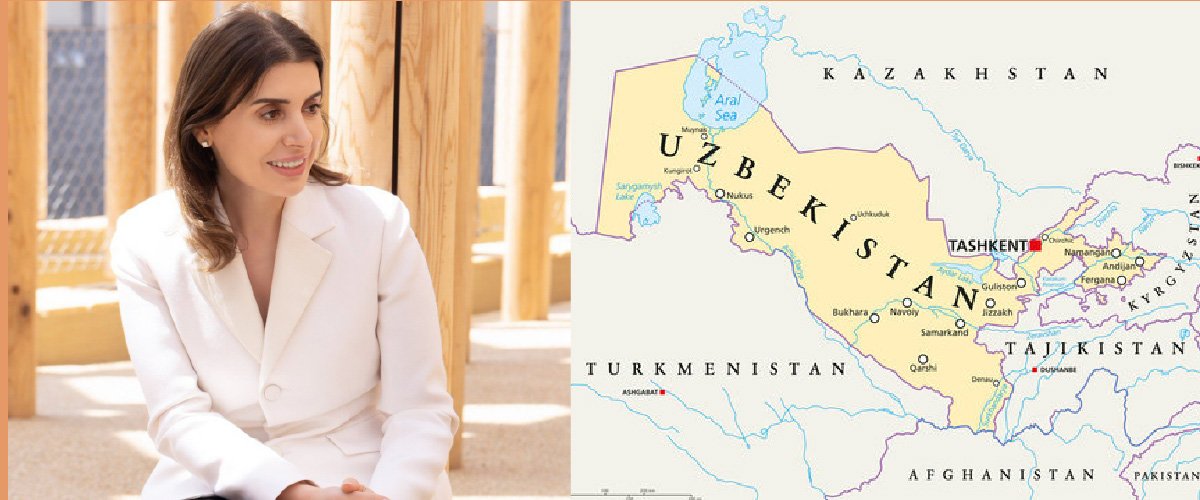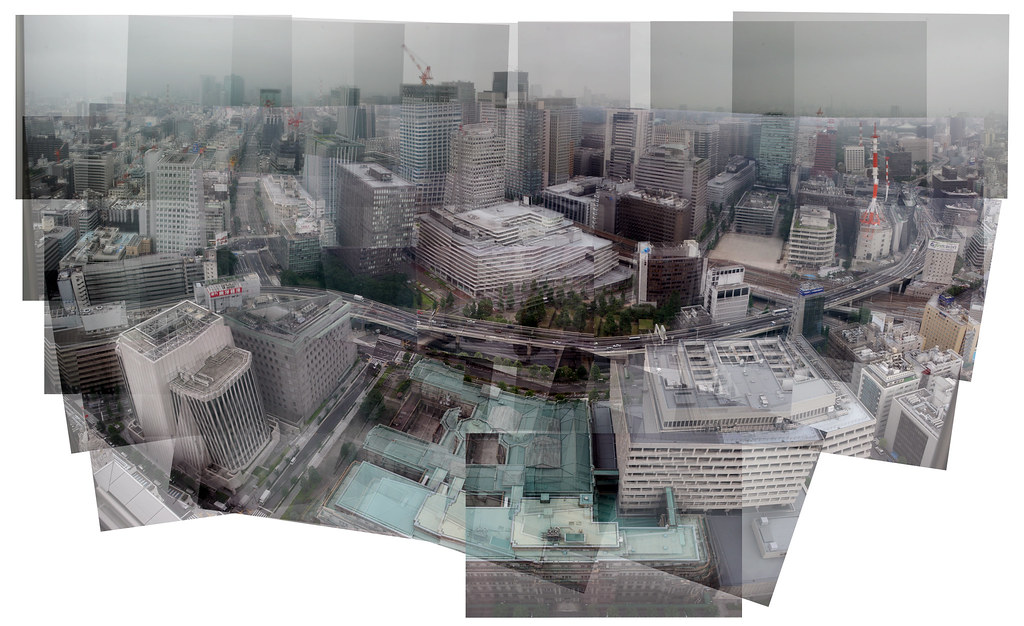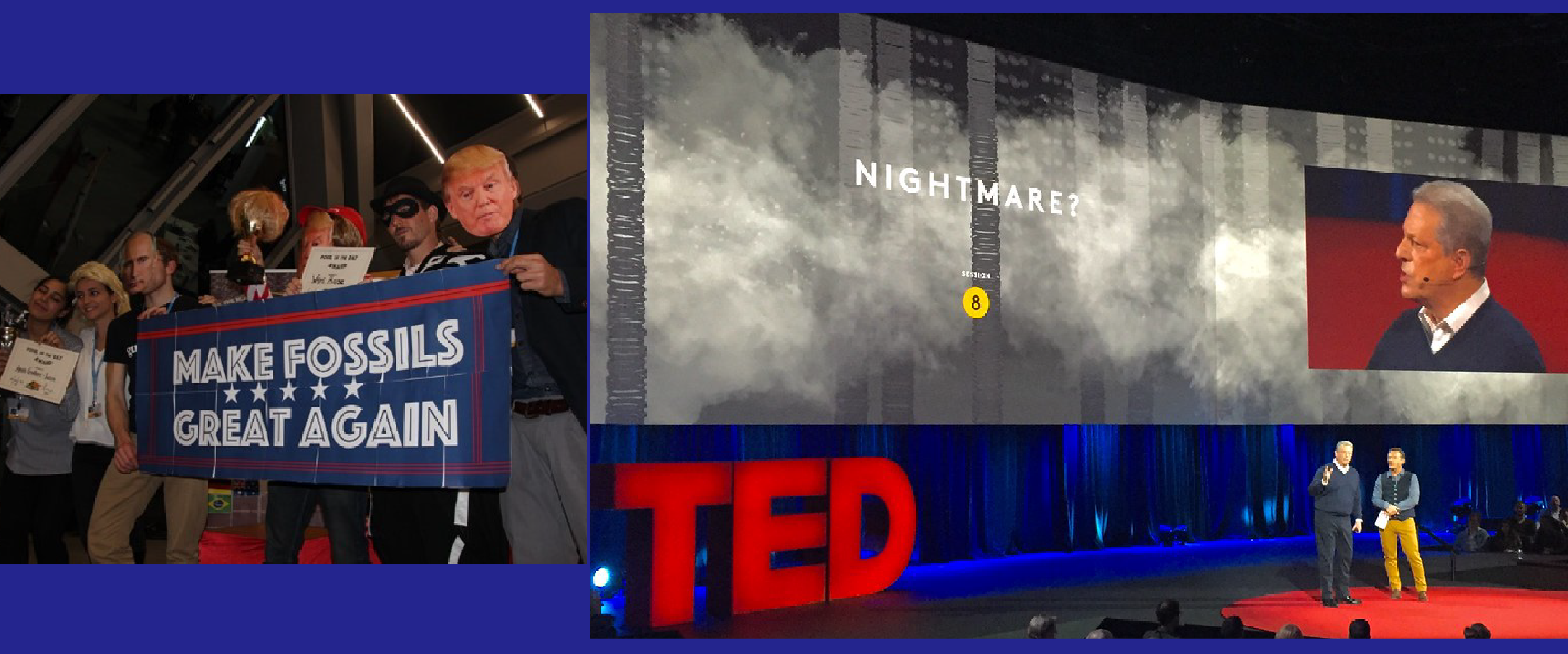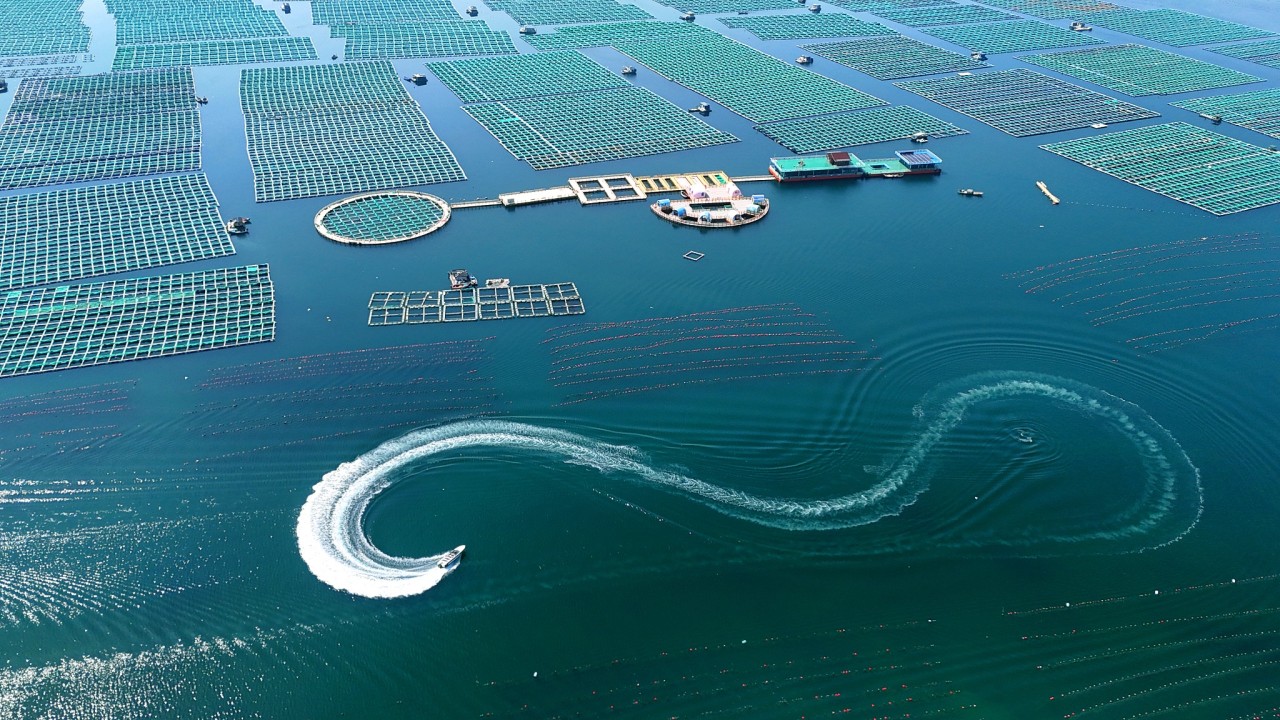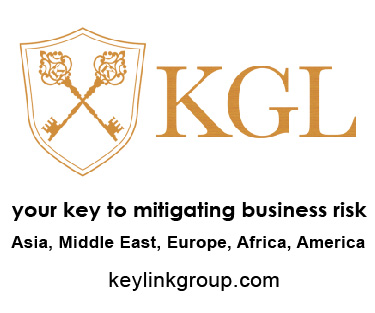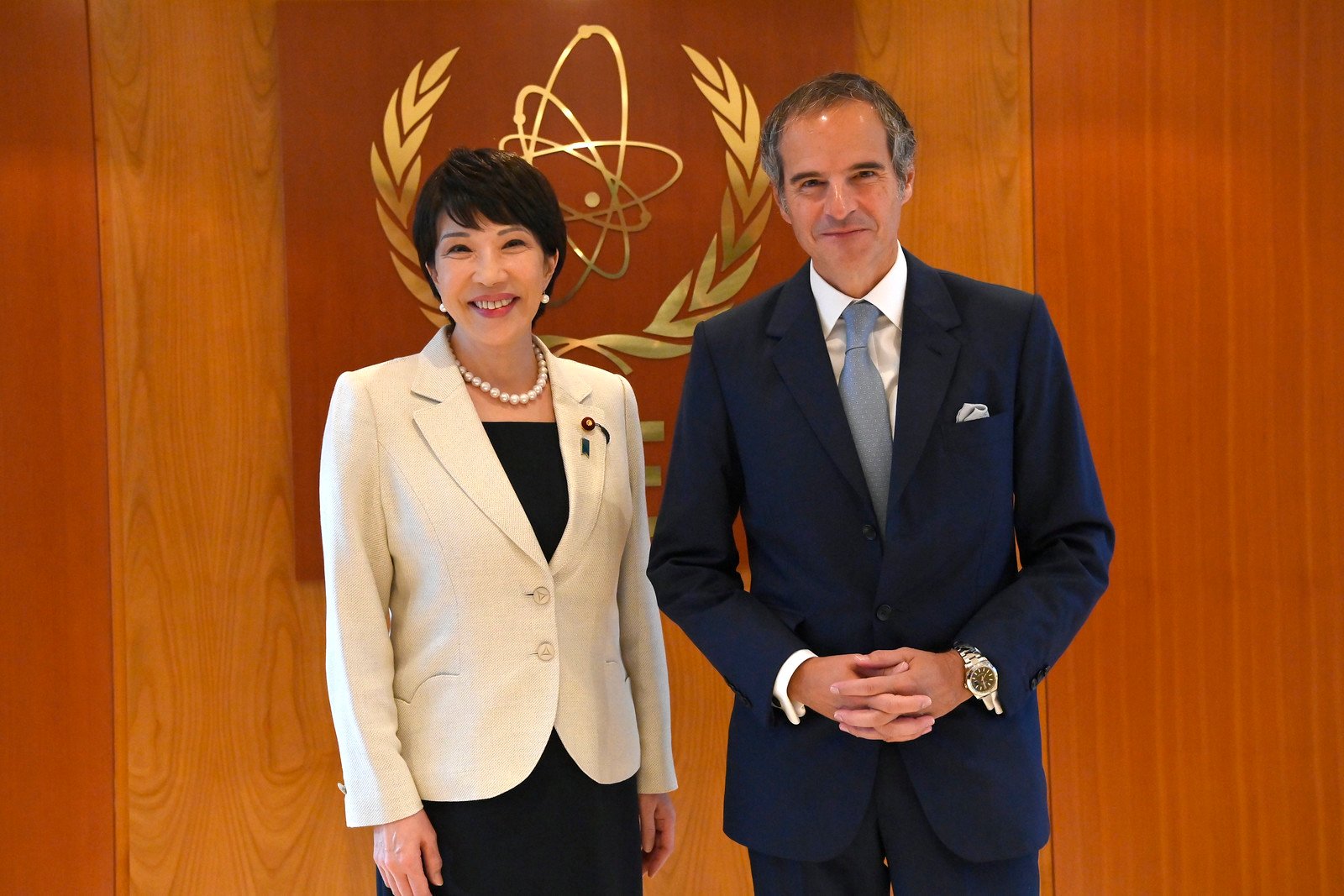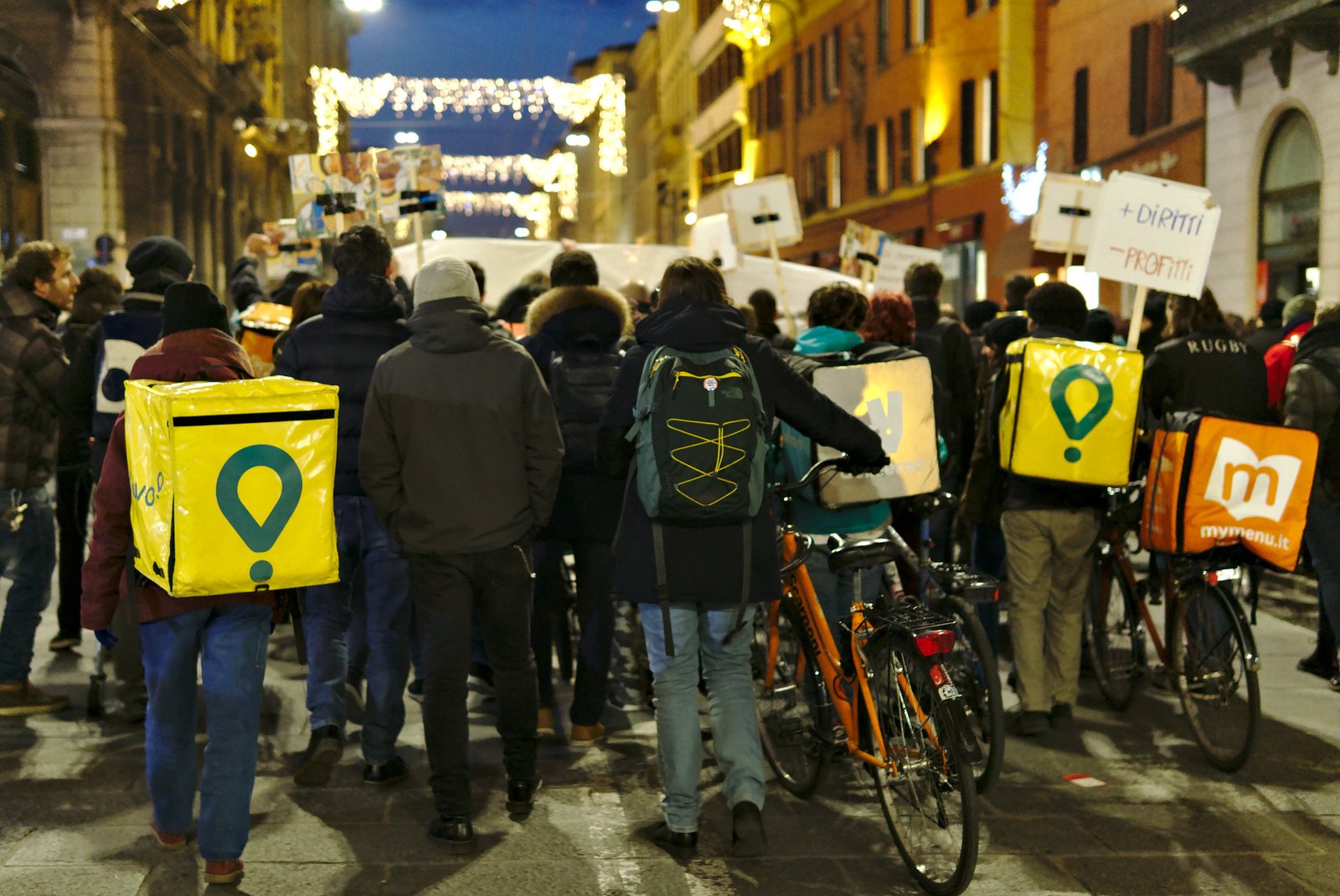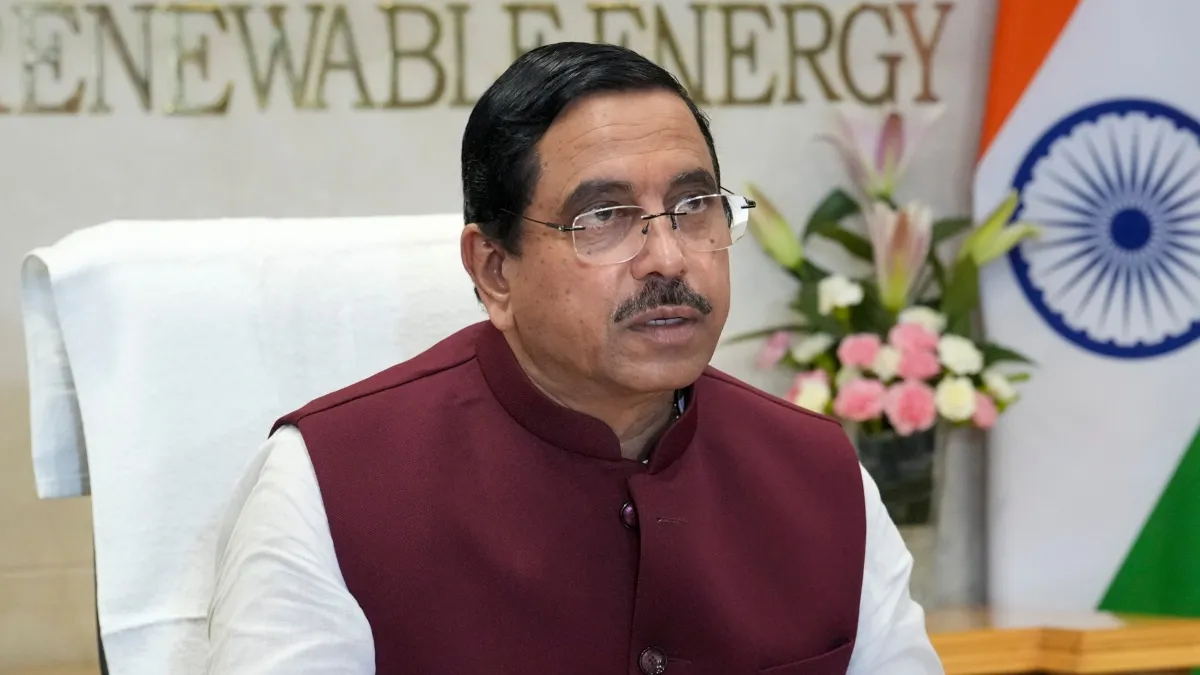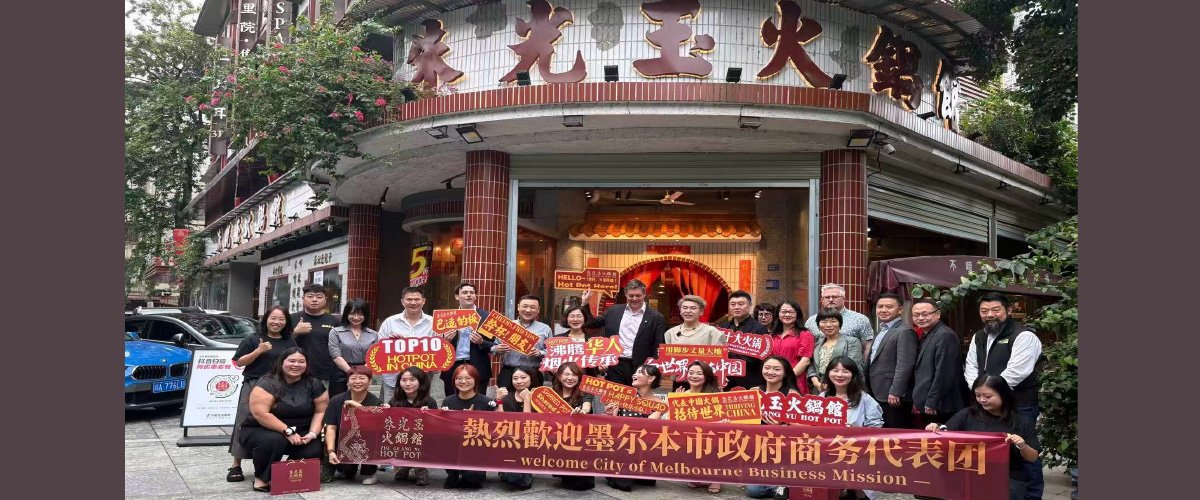Hong Kong’s Green and Sustainable MICE industry events “Waste Reduction ‧ Resources Circulation ‧ Zero Landfill”
The Asia Pacific MICE (Meetings Incentives Conferences & Events) market held over 22.90% of the global MICE market revenue in 2023, which has significantly increased as a result of the corporate industries’ expansion, the SMEs’ quick ascent, and the globalization of business.

Furthermore, the growth of the travel and tourism industry has a big impact on the expansion of the MICE market in Asia Pacific.
But what are the industry ESG policies in place to tackle the mounting waste from large scale events.
HK is Collaborating with Value Chain Partners for Organising Circular Events and Exhibitions.
The Hong Kong SAR Government has recently announced plans to allocate an additional funding of HKD$200 million to support the growth of the MICE activities. Despite the flourishing MICE industry, massive waste and carbon emission issues pose challenges to achieving Hong Kong’s long-term vision of “Waste Reduction ‧ Resources Circulation ‧ Zero Landfill” as stated in the “Waste Blueprint for Hong Kong 2035”.
This month a “A Practical Guidebook to the Circular Economy” was launched by The University of Hong Kong Sustainability Lab and supported by the Hong Kong Bank Foundation as part of the “Partnership for Sustainability Leadership in Business” initiative to guide MICE industries of value chain partners for organising circular events and exhibitions.
Organising one event consumes large amounts of resources and generates tons of waste – with linear economy as the culprit.
The Hong Kong Government reported that in 2024, more than 150 conferences and 160 exhibitions would be organised at two of Hong Kong’s major MICE event venues, contributing HK$58.6 billion (2.2 GDP) to Hong Kong’s economy and 77,000 full-time job positions pre COVID-19.
At the industry launch event workshop “Activating Collaboration to Catalyse Circularity Practices and Innovations in the MICE Industry” , some thought-provoking insights on the collaboration needed to drive circularity practices and innovation in the MICE industry were offered to the audiences.

3 key takeaways:
(i) Ecosystem building – achieving circularity in events and exhibitions requires existing players to scale up their existing waste-minimising and resource-efficient practice while the value chain will need to be expanded to include new players who could offer new solutions and technologies. Celebrating best practice could encourage new partnership to be formed and innovative solutions to take place. Value chain-based recognition scheme or award related to circularity and sustainability innovation could be the first step towards standard setting for the industry.
(ii) Policy Innovation – the panel calls out on the HKSAR government’s significant role in leading by example and supporting the MICE industry as a whole in the transition. Policy innovation is a powerful way to drive radical change, from progressing towards circular infrastructure, to providing funding to support venues on low carbon retrofitting, and to setting standards and goals for more sustainable resource use, these measures will encourage the industry to place sustainability as a higher priority.
(iii) Charting a concrete roadmap – This involves setting clear and phased targets for achieving resource circularity and net zero goals in the MICE industry. By having a well-defined roadmap, the industry can track progress and ensure continuous improvement across all aspects of event planning and execution.







